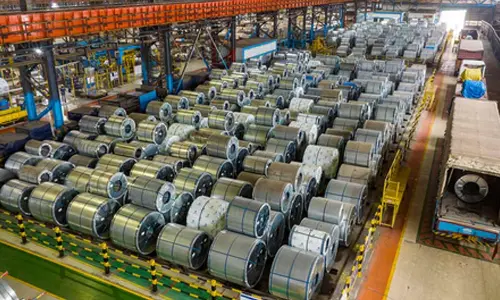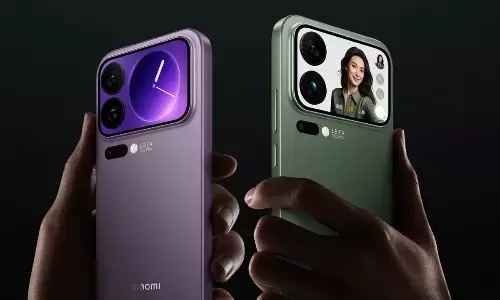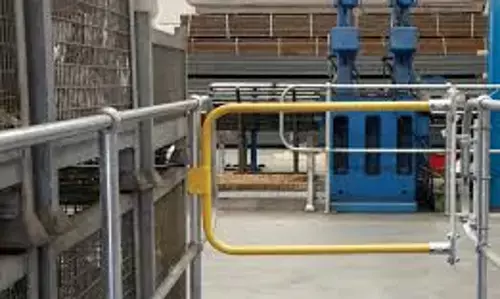The inventions of the Internet followed by that of the World Wide Web have been landmark events in the evolution of science and technology in the last century. The extent of democratization of knowledge and the exponential growth in inter-connectedness of the human civilization has reached never before levels already. But no stopping here.
Today, we find ourselves at a juncture where more and more devices (not computers or mobile phones) are getting connected to the Internet. As per Cisco’s estimates, there will be 25 billion devices connected to the Internet by 2015, which will double to 50 billion by 2020.
What does this mean for us?
We have entered a phase where the Internet is penetrating our daily lives through computers, mobile phones, tablets etc. This is expected to reach even more common daily life objects. For example, Air Conditioners, Refrigerators, Microwave Ovens, Smoke Detectors, Thermostats – all interconnected. In future, the connectivity will be dramatically more ubiquitous. What is more is that it will also include everyday objects such as glasses, shoes, watches etc. Imagine shoes recording and broadcasting exercises to may be your Health Insurance Provider to make finer adjustments to your premiums!
Google Glass – Google’s interesting innovation where a computer is embedded in glasses – was one of the best inventions of 2012 as per the Time Magazine. Pebble, a kickstarter.com record success story, has created another wearable device, Pebble Smartwatch, with embedded sensors and Pebble OS based Computer. Another important development that is likely to propel wearable technologies further, is Google’s extension of the Android platform to wearable devices in what is called as Android Wear.
So what is the Internet of Things (IoT)?
Gartner’s IT Glossary defines the IoT as “Network of Physical Objects that contain embedded technology to communicate and sense or interact with their internal states or the external environment”
From the definition, notice that objects will sense and communicate. So, typically, such objects will have built in sensors and controllers to exhibit some form of intelligence. Further, they will have the ability to communicate with the larger IoT network.
Opportunities lying ahead
Given the above, the opportunities are almost limitless, literally. Below are some obvious ones.
Firstly, there is a huge scope for the standardization of the connectivity between devices and the IoT. Today, each electronic device survives in isolated proprietary islands.
Secondly, a unique phenomenon that will accompany IoT will be the generation of enormous amounts of data by devices. The ability to intelligently handle, consume and infer from this data will be mission critical to IoT’s and there lies a great opportunity in this space.
Thirdly, there is a huge potential to build services at application layers consumable in real world, combining aspects of human lives in ways so far not thought of. There will emerge scope for imaginative creation of applications once infrastructural issues are settled.
Fourthly, there is a huge advantage of convenience that IoT brings along with it. By building intelligence into devices, it is possible that human intervention in daily chores may be minimized or even eliminated. For example, what if your refrigerator could create a shopping list and issue orders over the Internet to a retailer?!
Challenges Ahead!!
The Internet of things may sound a great development. However, there are plenty of challenges that do come along with it.
The primary challenge is that the IoT is too complex. It is extremely hard today to foresee the kind of implications it could have with regard to privacy and security. It is also extremely difficult to envision the kind of vulnerabilities the IoT may introduce, especially with a massive amount of personal data being generated.
Secondly, the user interfacing with wearable technologies is a great HCI challenge. With technology in never before physical proximity with the user, in specs, watches, shoes, clothes etc, the challenge of providing a socially acceptable interface for people to instruct these gadgets will be hugely challenging. The pattern today is through Voice and Touch. Gestures are another very possible means – but, the social acceptability of engaging in odd movements while walking down a street is rather doubtful.
A third and major challenge for especially the wearable technology will be health issues. Today when society is still not largely convinced on impact of mobile technologies on health, ubiquity of wearable technologies that require rather close physical proximity with the user could potentially pose many kinds of health hazards.
Last but not the least, the Digital Divide in a country like India is likely to become more pronounced than ever with spread of IoT. This will not entirely be attributable to cost factors, though it WILL be a major factor, but, also to the ability of people in general to keep up with the rapidly changing technology landscape.
In conclusion, the IoT looks like a promising phenomenon in terms of its ability to offer many benefits – but, the challenges are huge and the implications of such a large technological stride are unknown. While high tech companies are engaged in exploring the future, it will be interesting to see whether the world of technology and design will be in a position to overcome the many challenges it presents.















